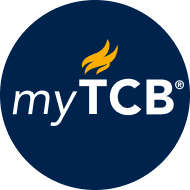
This report, Part 1 of 4, examines three viable paths to a deal using a legislative tactic called reconciliation and a fourth unlikely path, all of which contain many twists, turns, and pitfalls that may delay resolution.
President
Committee for Economic Development, the public policy center of The Conference Board (CED)
Vice President, Public Policy
Committee for Economic Development, the public policy center of The Conference Board (CED)
Researcher and Writer, Fiscal Policy
Committee for Economic Development, the public policy center of The Conference Board (CED)

myTCB® Members get exclusive access to webcasts, publications, data and analysis, plus discounts to events.
